The 5C morning had my numb
fingers tightening the straps for my gear as I packed. I pushed the start
button and Ziggy’s engine turned over but refused to fire. After some
troubleshooting I decided that fuel was the problem and the pump was not
getting fuel to the cylinders. I waited and tried again. Nothing. I rolled her
back into the little bit of emerging sunlight and shook her sideways several
times to slosh the petrol around the pump. Reluctantly she fired into life and
relieved, I let her run and warm up. It’s obvious. Ziggy doesn’t like the cold
either!
The ride out of the
mountains was again impressive with the word massive the only way to describe
the gorges with their mountainous walls, the road tracing a thin line along the mountainside and the river far below.
My camera was incapable of getting the full dimensions of this place so I just rode and enjoyed the curves as I descended onto the plains and warmed up. By the time I reached Barios it was 32C and I shed a layer and opened all my vented zips.
My camera was incapable of getting the full dimensions of this place so I just rode and enjoyed the curves as I descended onto the plains and warmed up. By the time I reached Barios it was 32C and I shed a layer and opened all my vented zips.
There were few small towns and the brown savannah with sparse trees reflected the dryness of the season. Fire-farming is common along the roadsides so riding through smoke, watching grass burn and seeing charred roadside vegetation punctuated with the small green tussocks of new growth, became the scenery for most of the next three days. San Carlos is an administrative town with mostly government employees, I was told as I listened to Carlos, a 25 year old university student with reasonable English. He gave me a half hour monologue of the woes of Venezuela and the failure of the government to address the problems.
'The government has to go. We
need to fix this and we need to change that. Our people are lining up for
basics and the situation is getting worse.'
‘What are the alternatives
if this president goes?’
‘There are no alternatives,
that’s a problem. First we need to get rid of the President.’
‘What then? You have another
President with no plan? You need an alternative plan, a strategy.’
He agreed and told me all
the things that would have to be done initially – from a student idealistic
viewpoint. Nothing much practical in there and education was his priority above
food security. Interesting.
I was
told to be very careful. There are people who will point a gun at my head and
demand my money, my bike, my valuables. This message I heard over and over so I
knew that the fear and reality were equal. Once again I was told to only ride
in the day, never ride at night, don’t go out at night alone and be careful.
The road was a sign of things to come, a long narrow strip of black asphalt without a proper base. It had undulations, ruts with a central hump from heavy trucks with potholes, cracks and subsidence. The traffic was light though and it reminded me of Honduras where the traffic played a game of swerving past the potholes, making overtaking interesting. The horn was no longer sufficient because people had their windows up, listening to music and talking on their mobile phones, sometimes all three. The norm was a flash of high beam so I used this in combination with the horn and thankfully, the rapid acceleration of the big 1200.
We talked for a couple of hours,
Chelo telling me about his life and the problems in Venezuela. A flow of people
came and went, all getting his welcoming smile and handshake, and a group of
teachers from Maracay stayed the night also. Once again I was given details of
the woes of the country and the failure of the government. This was eventually trumped
by a couple of female teachers wanting a photo with Ziggy and started a fun
flirty time with these friendly Venezolanas with lots of laughs.
I stopped at a petrol station at the crossroad outside of Altigracia de Orituco where I took an opportune photo under the watchful eye of several national guards who were checking vehicles.
A random guy who pulled up in a newish Toyota Hilux told me that there are dangerous towns along the way and only to stop and eat at the petrol stations, and to be careful. True or not, I did just that, bypassing all the small pueblitos
and riding for a couple of hours until I reached Puerto Pitritu.
Almost every day I was given a warning by someone who indicated a gun to the head with their two fingers.
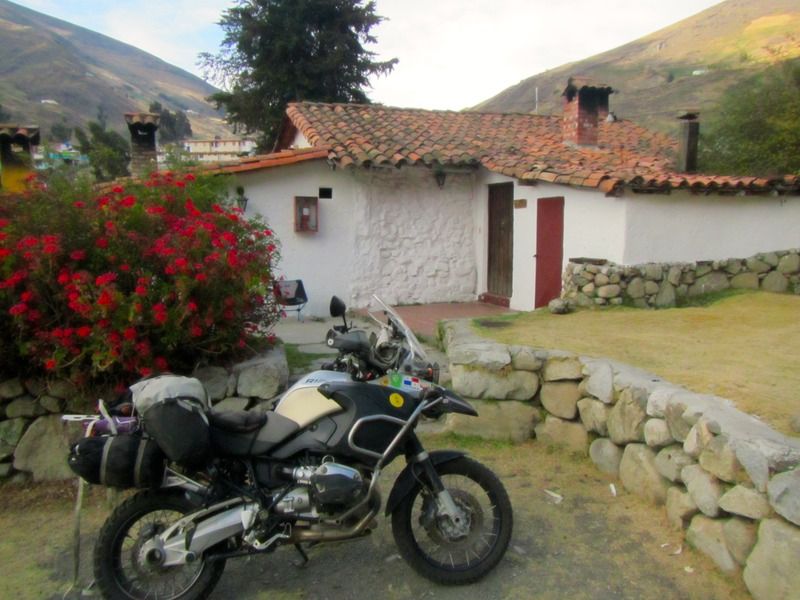
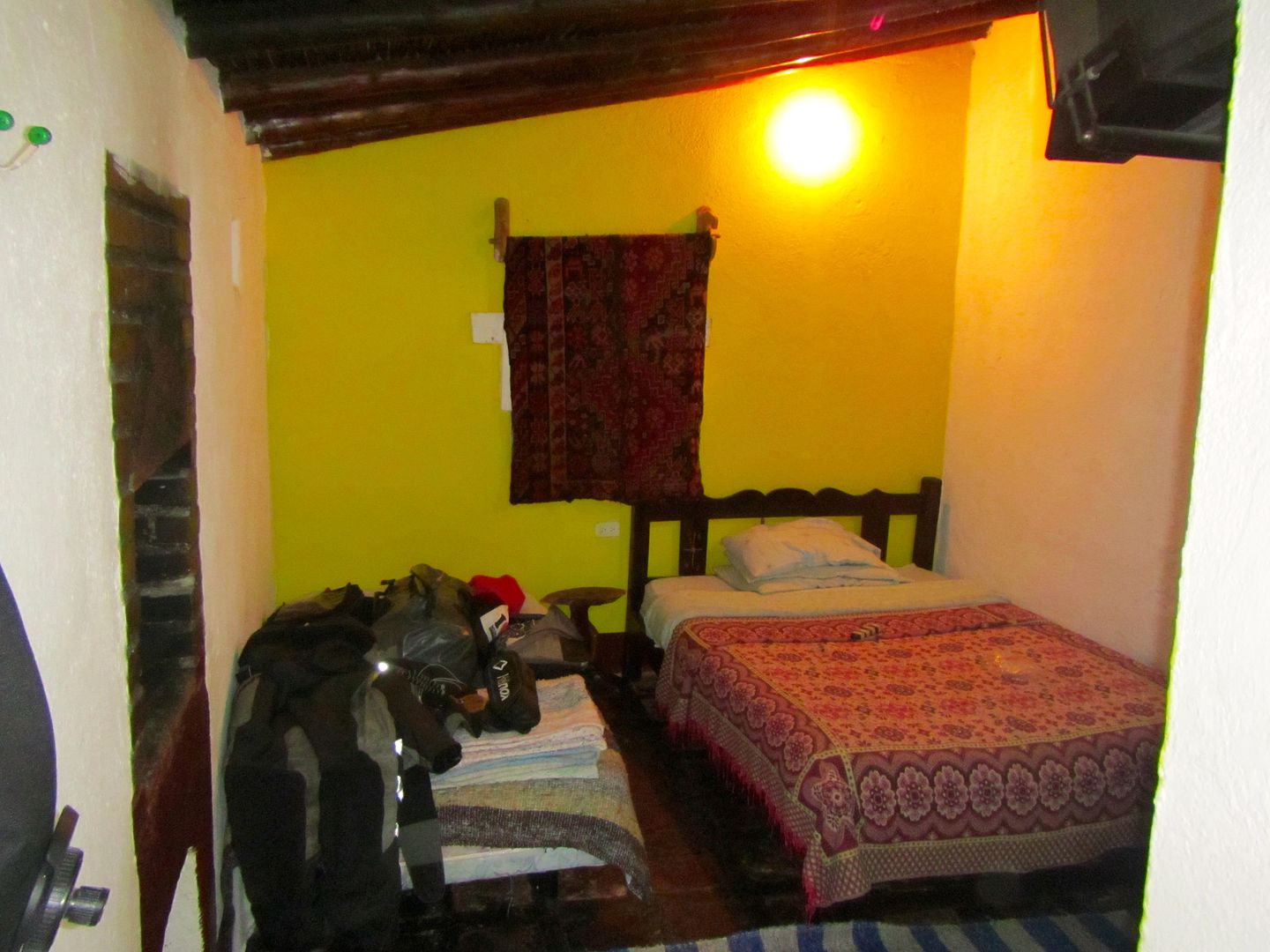
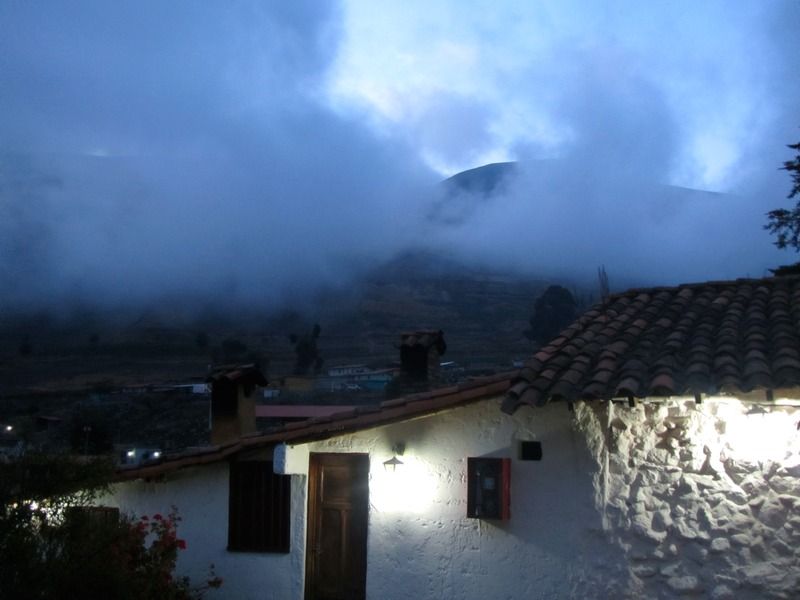
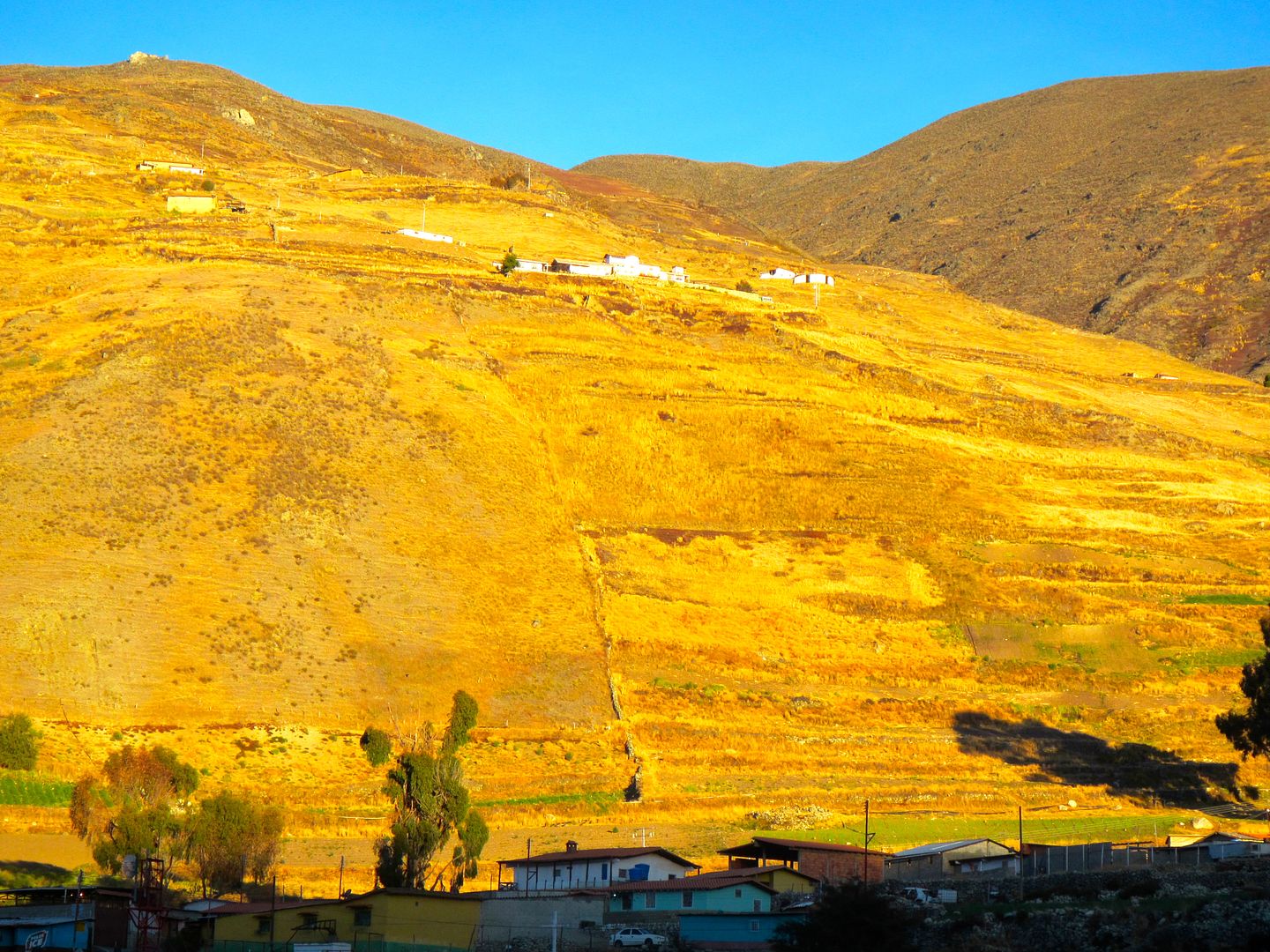

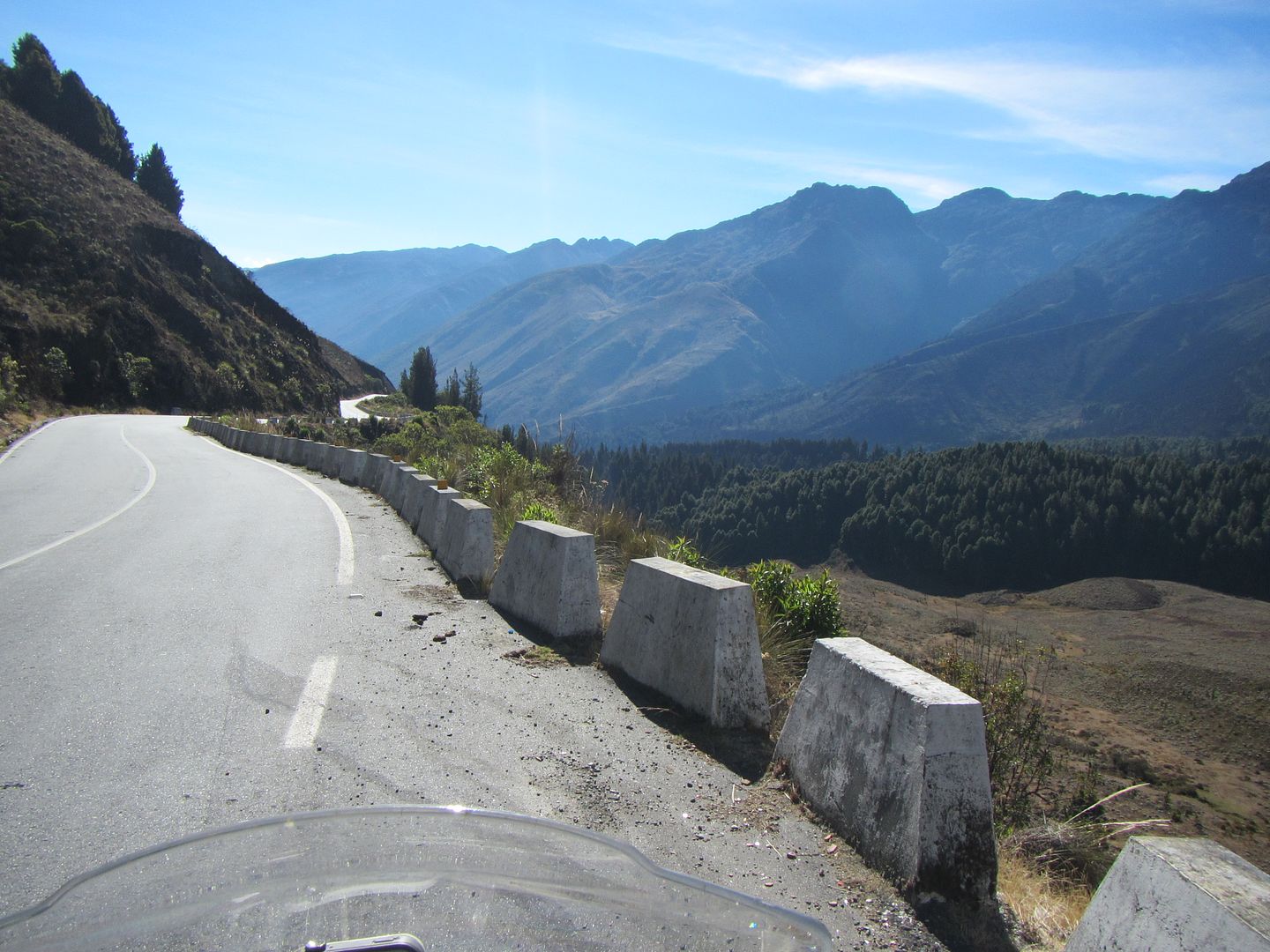
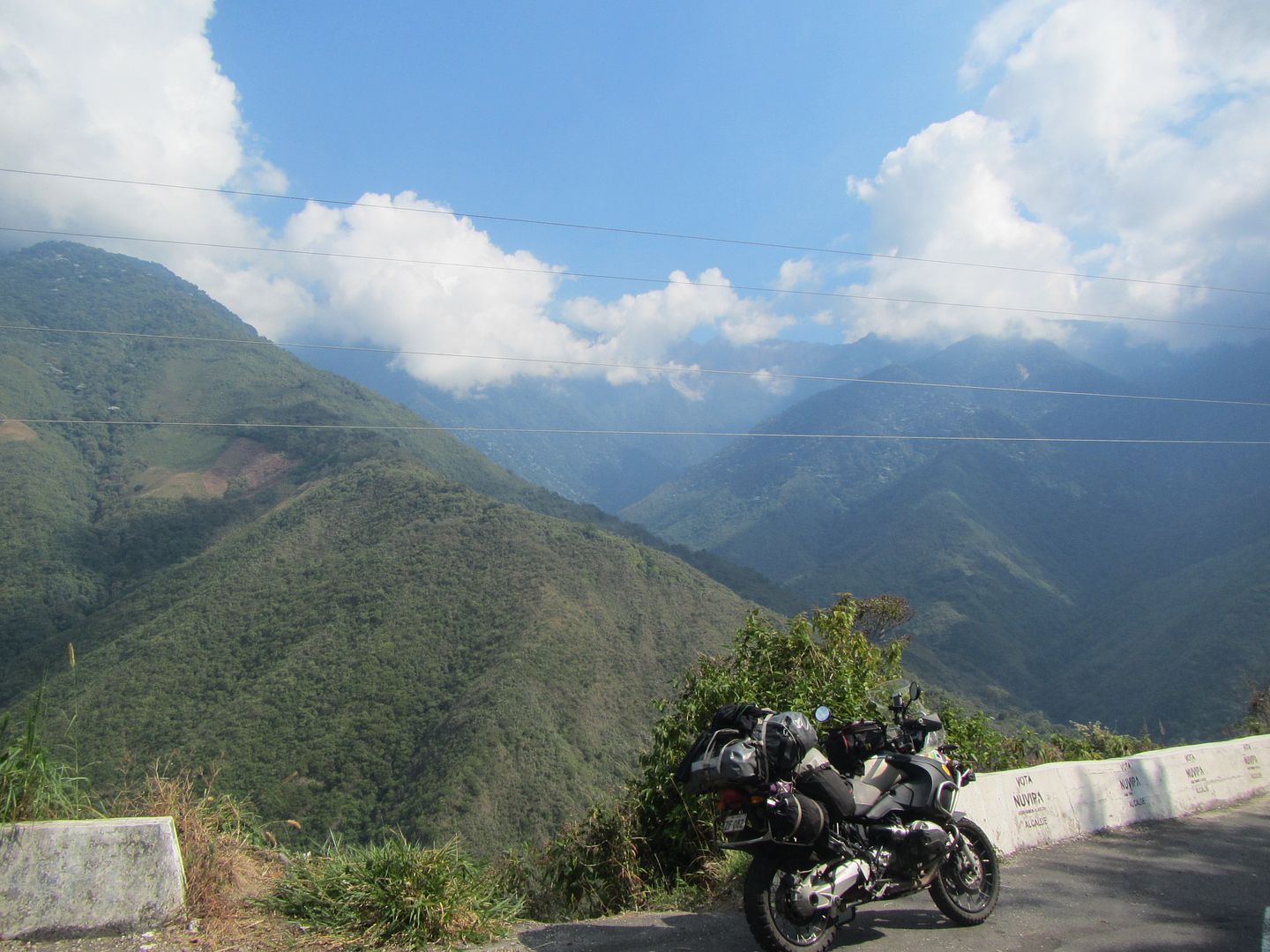


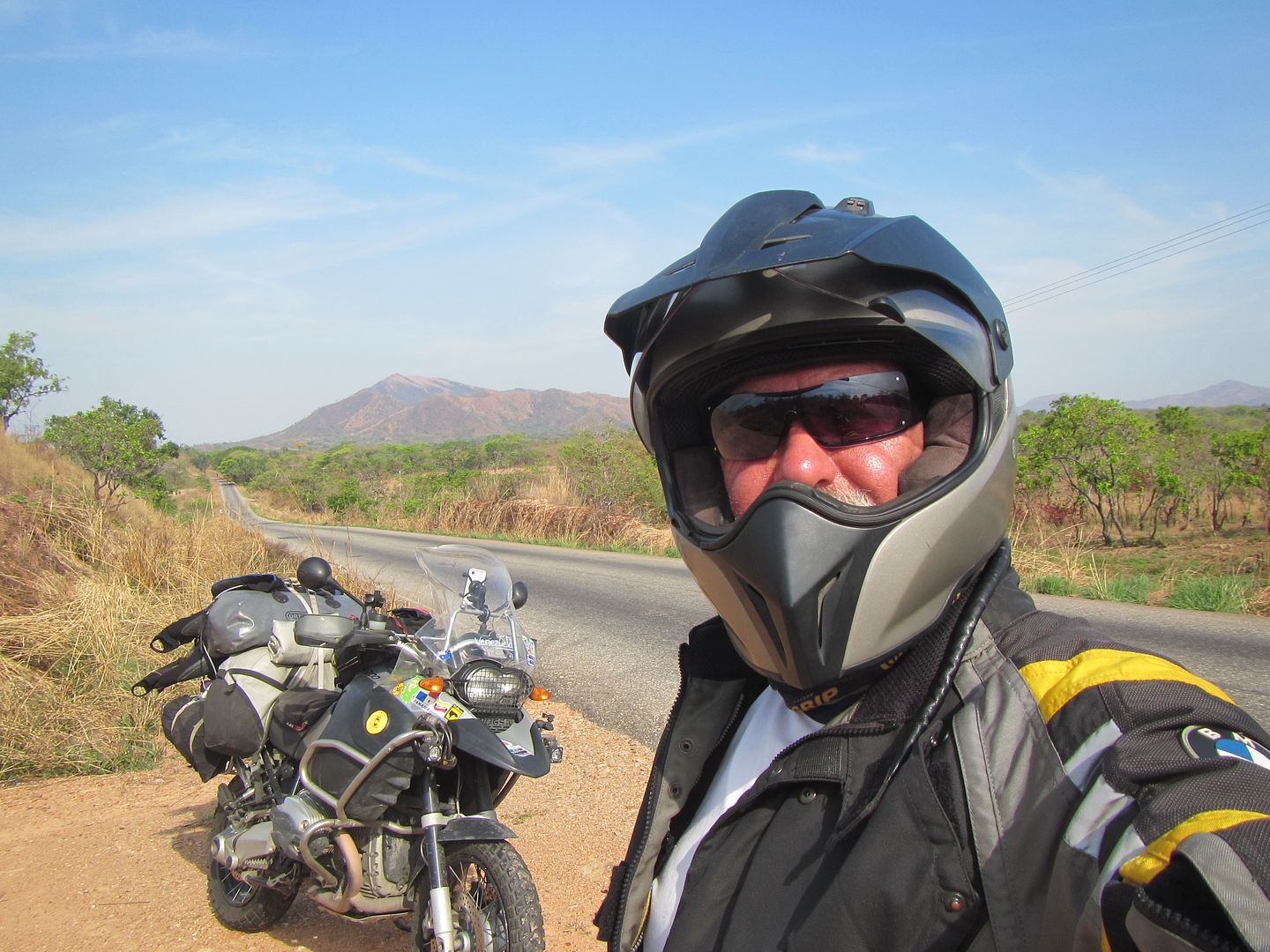
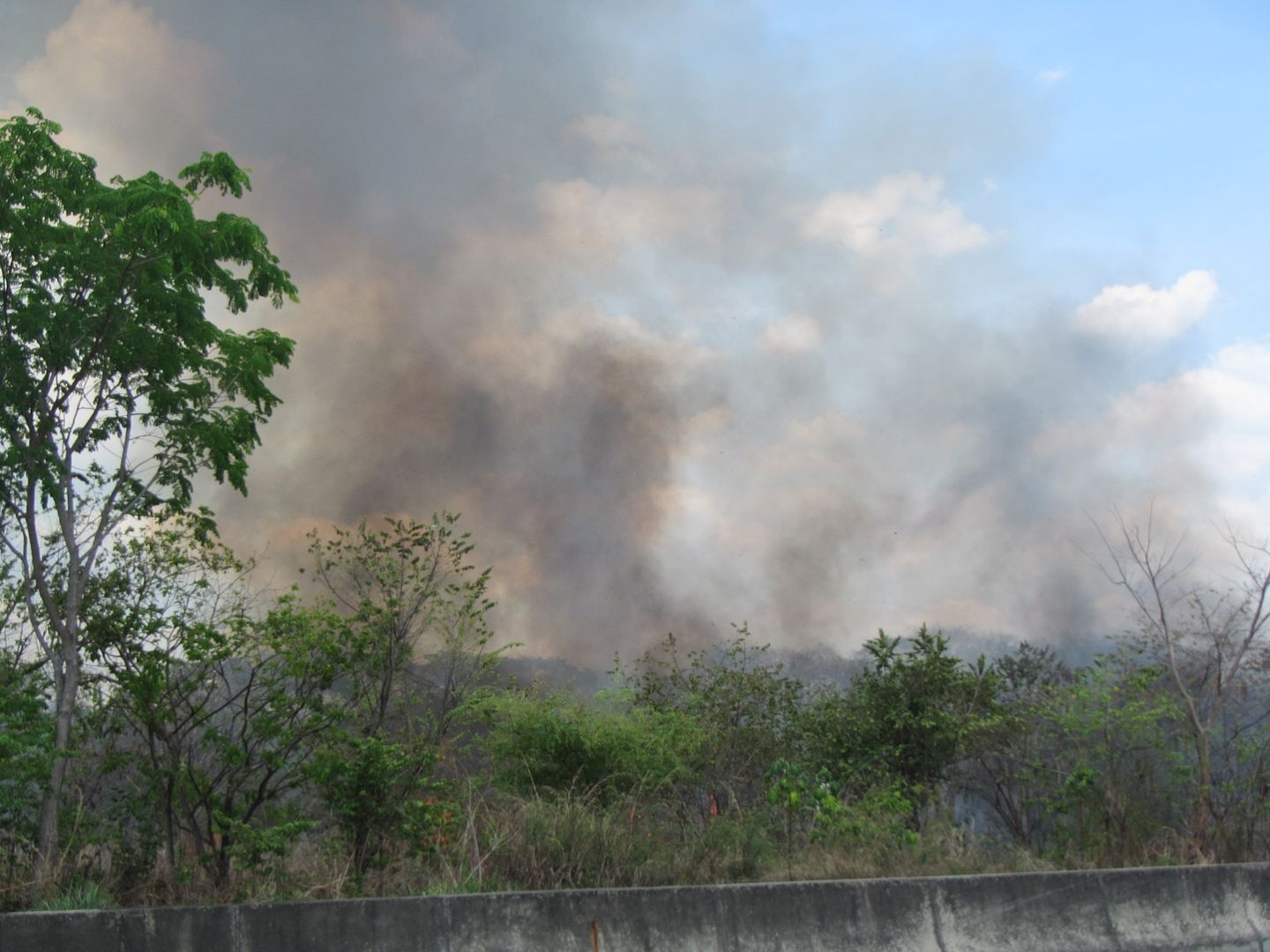
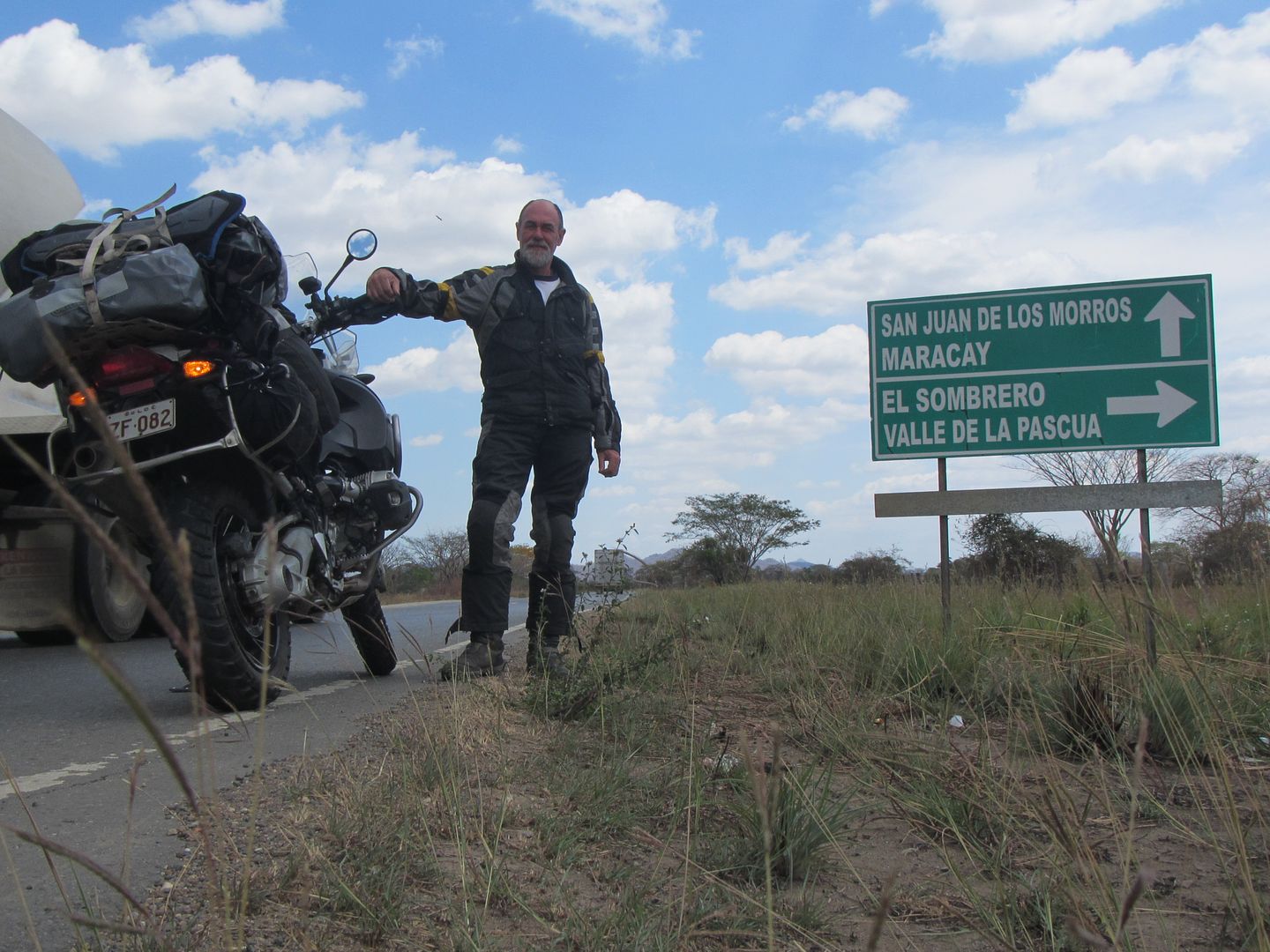


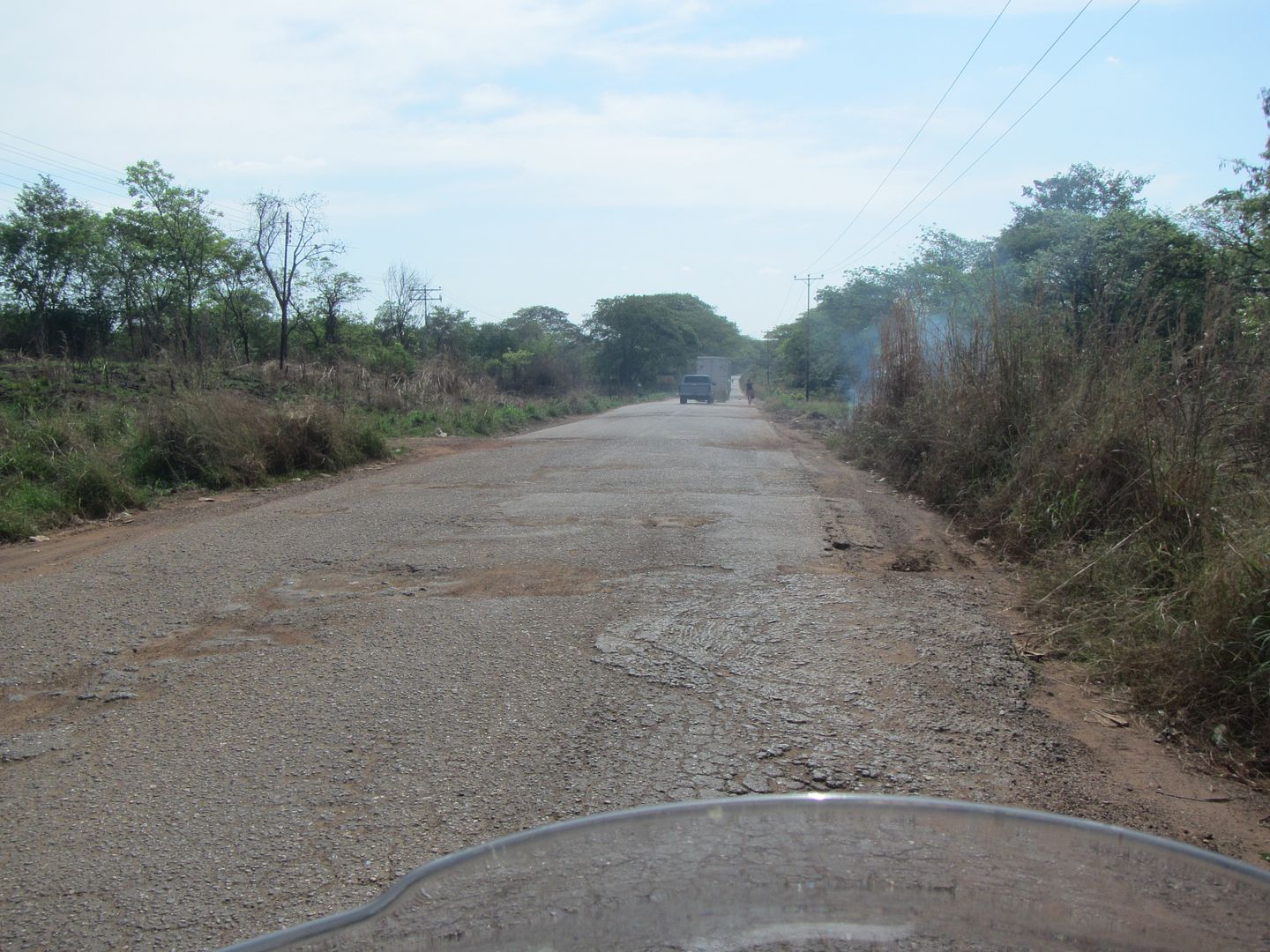
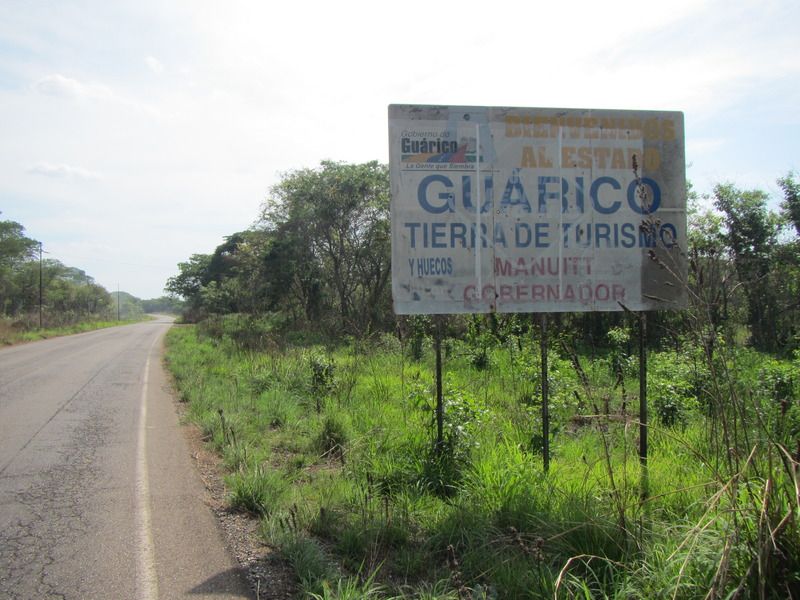
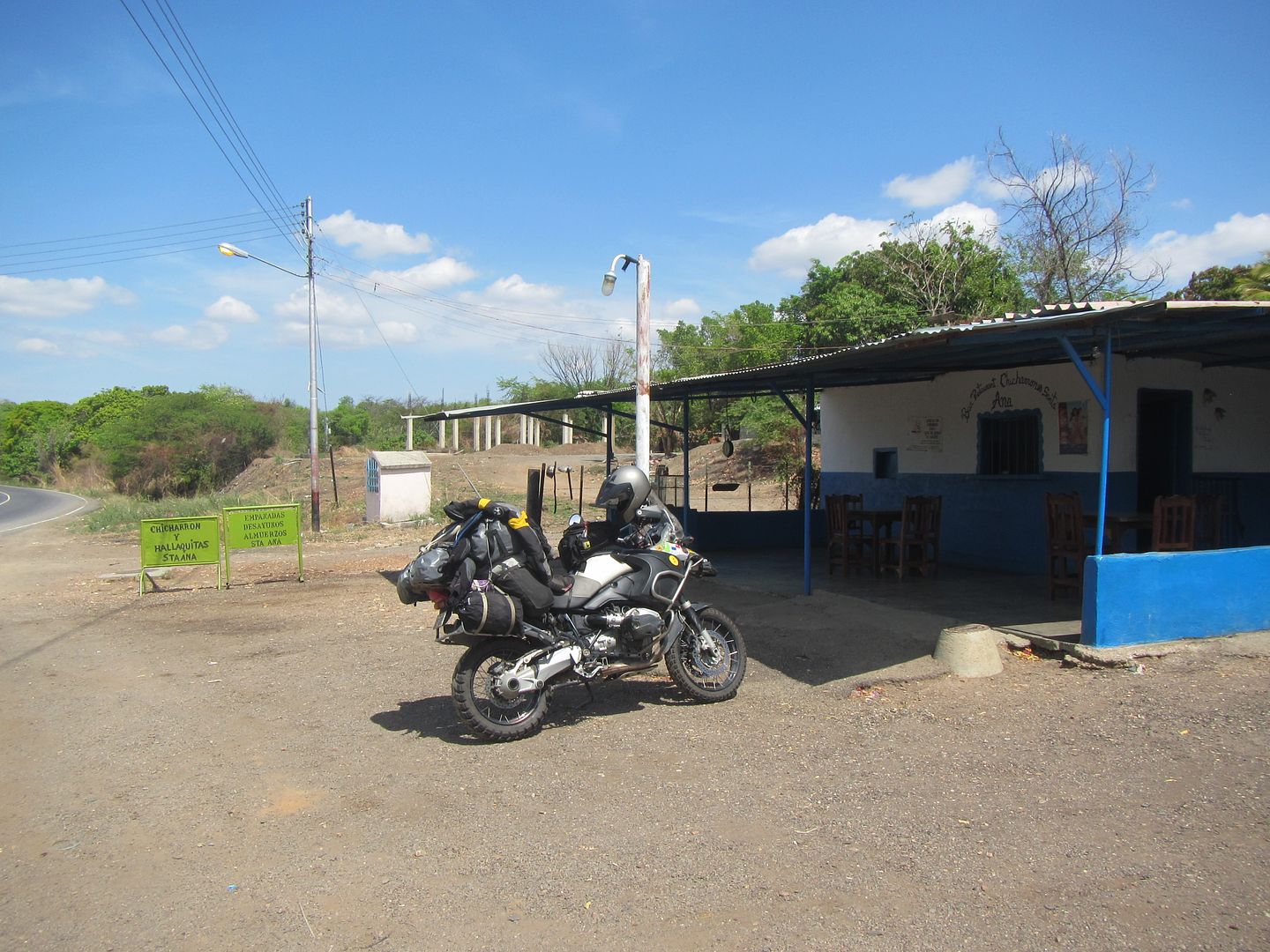
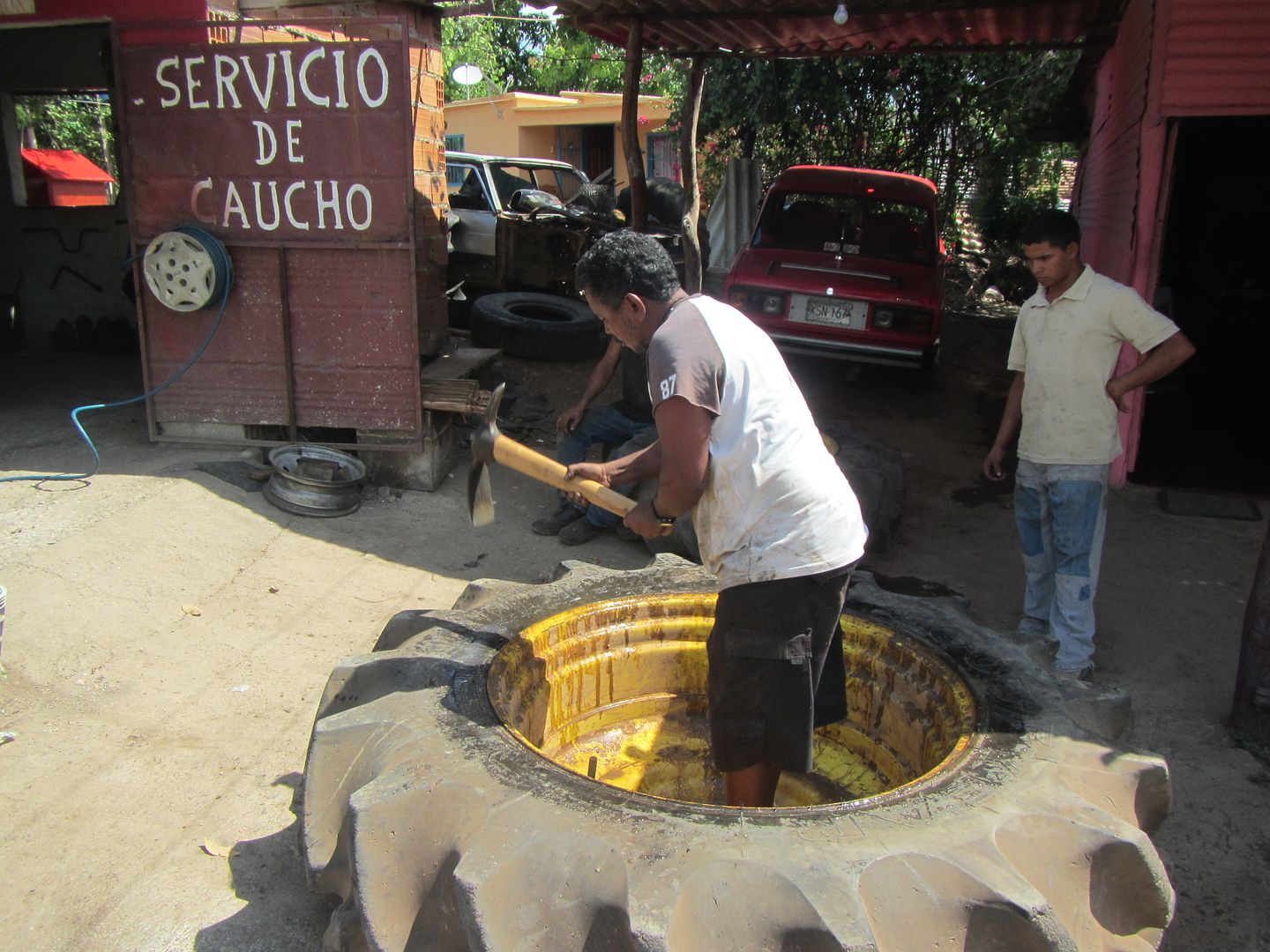
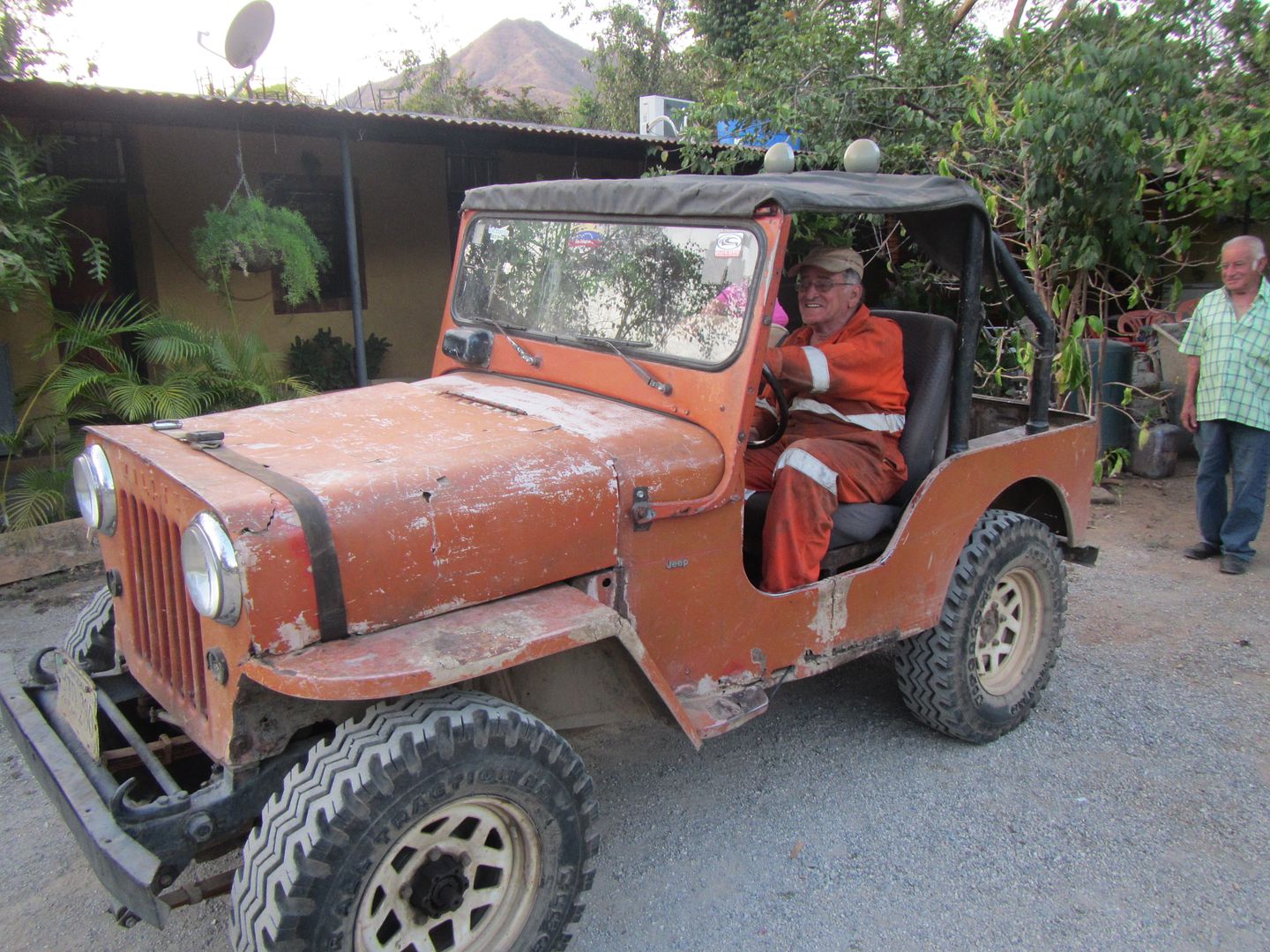
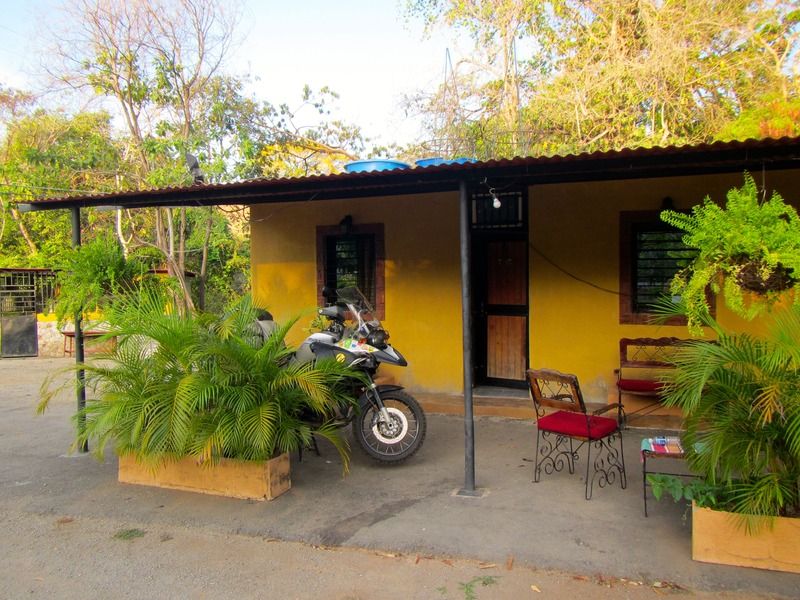

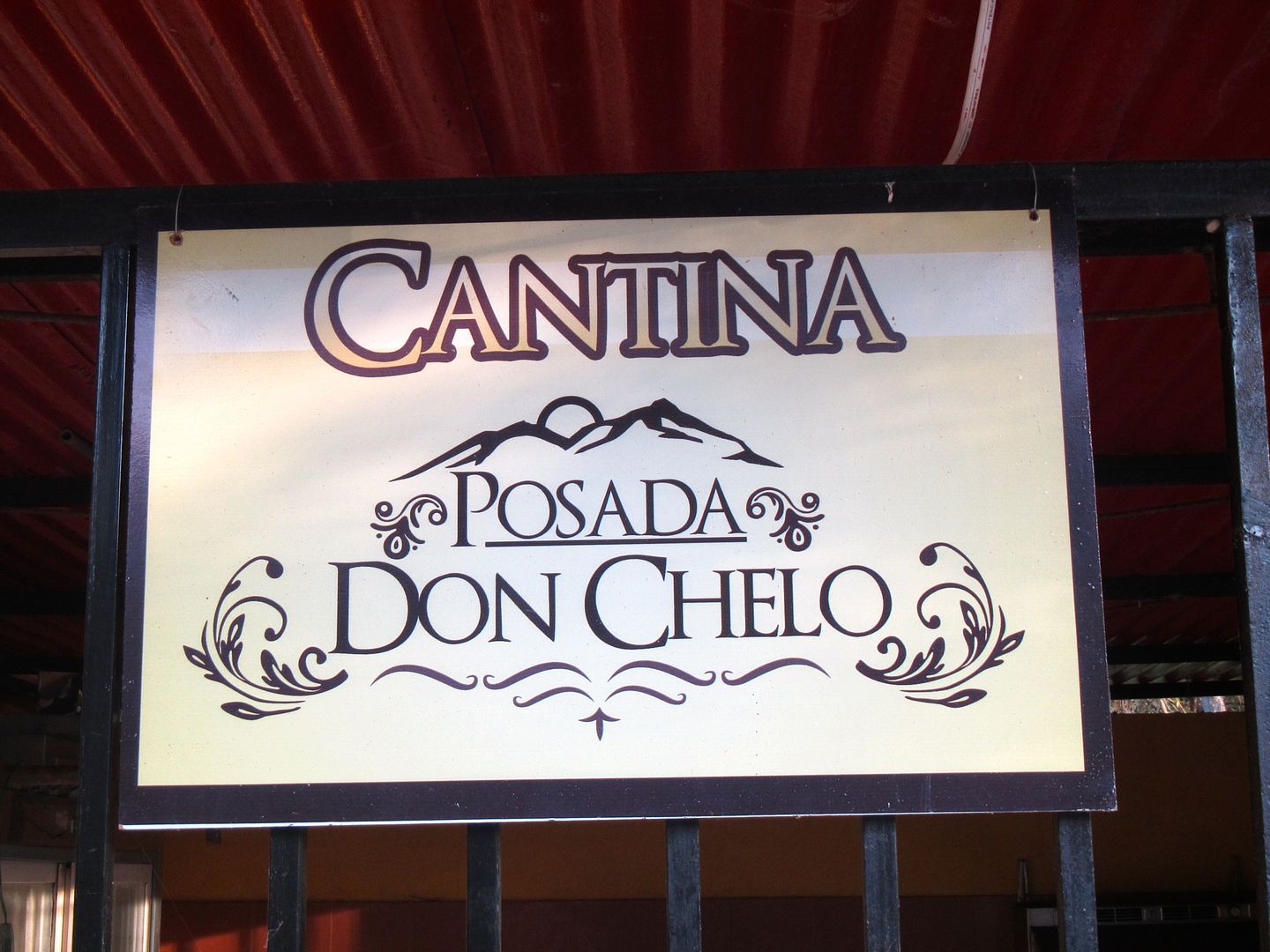
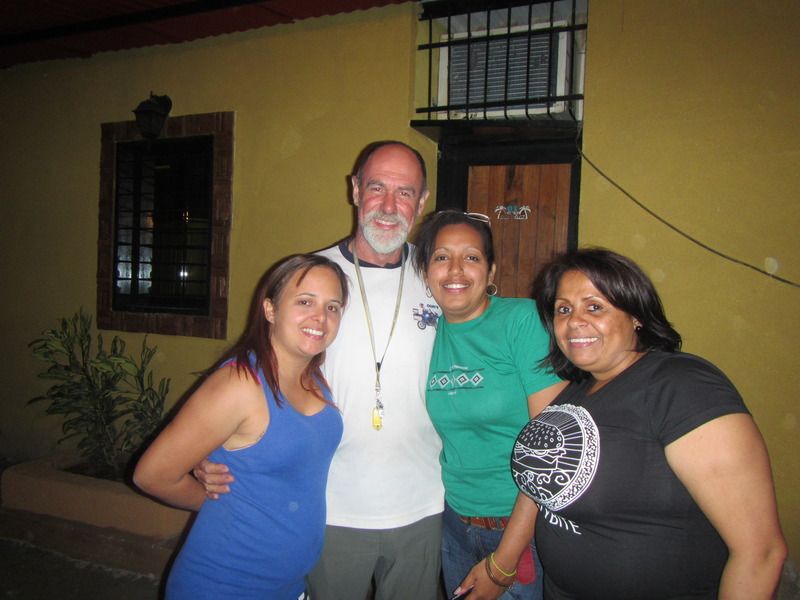
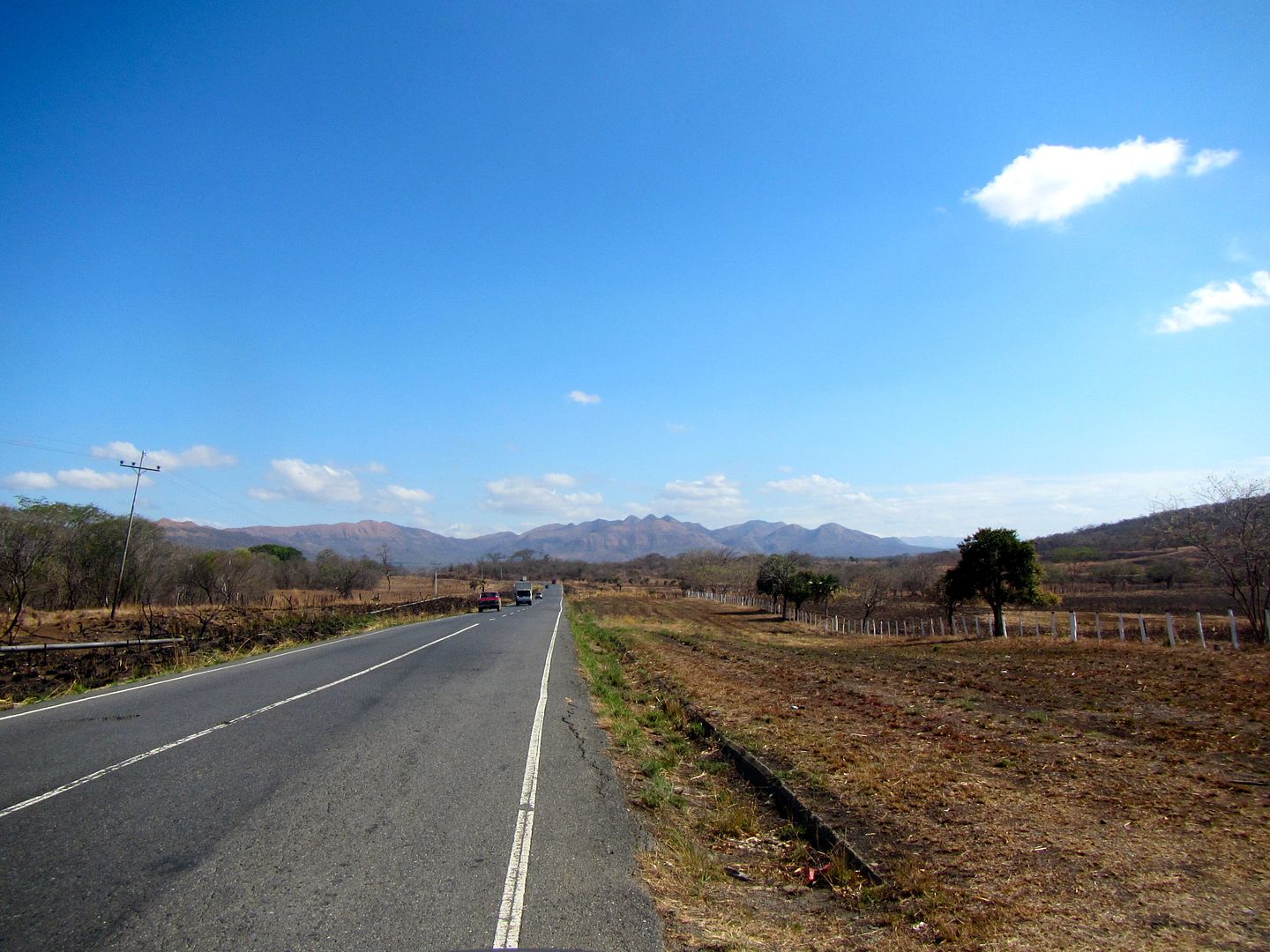
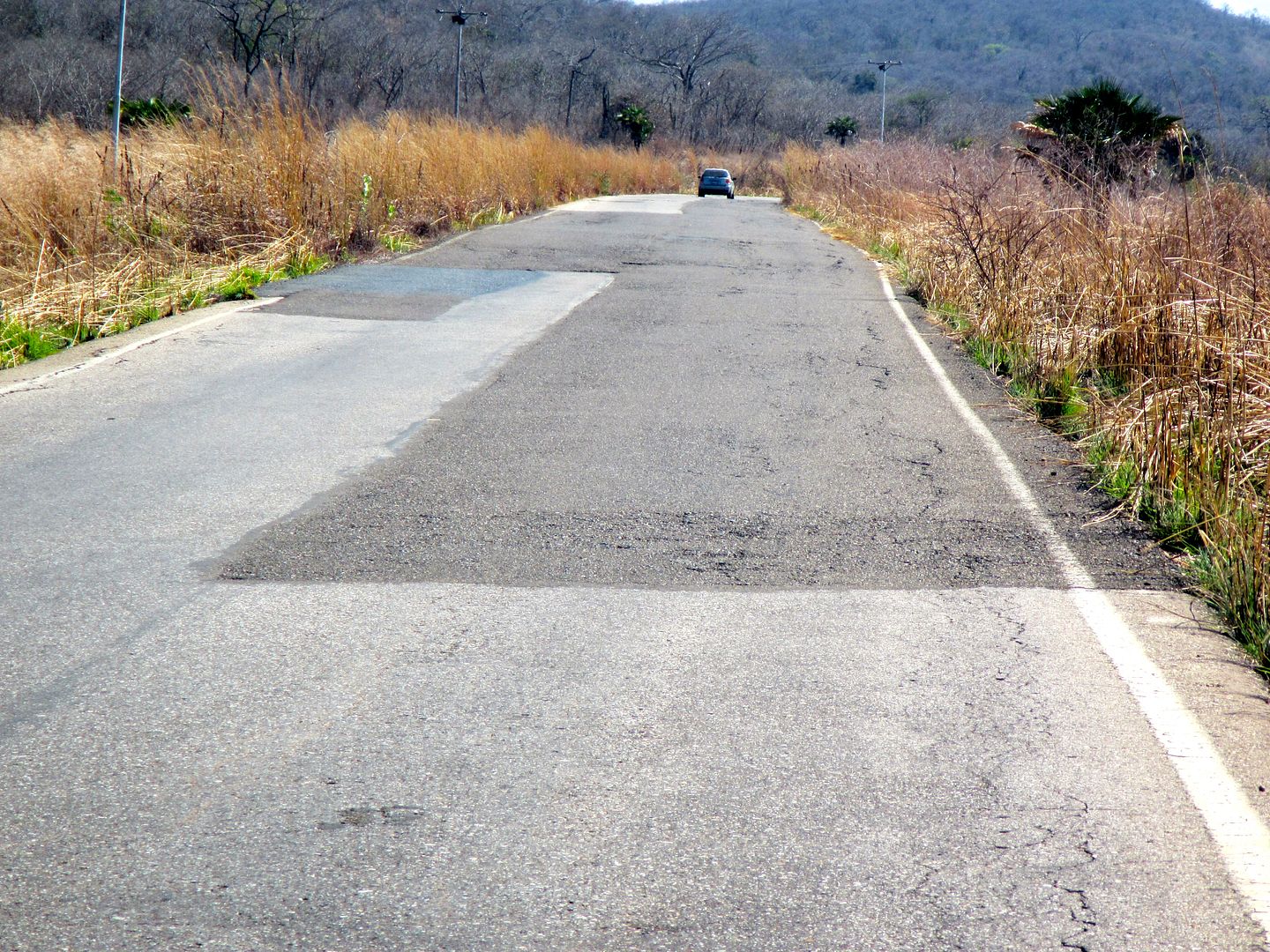
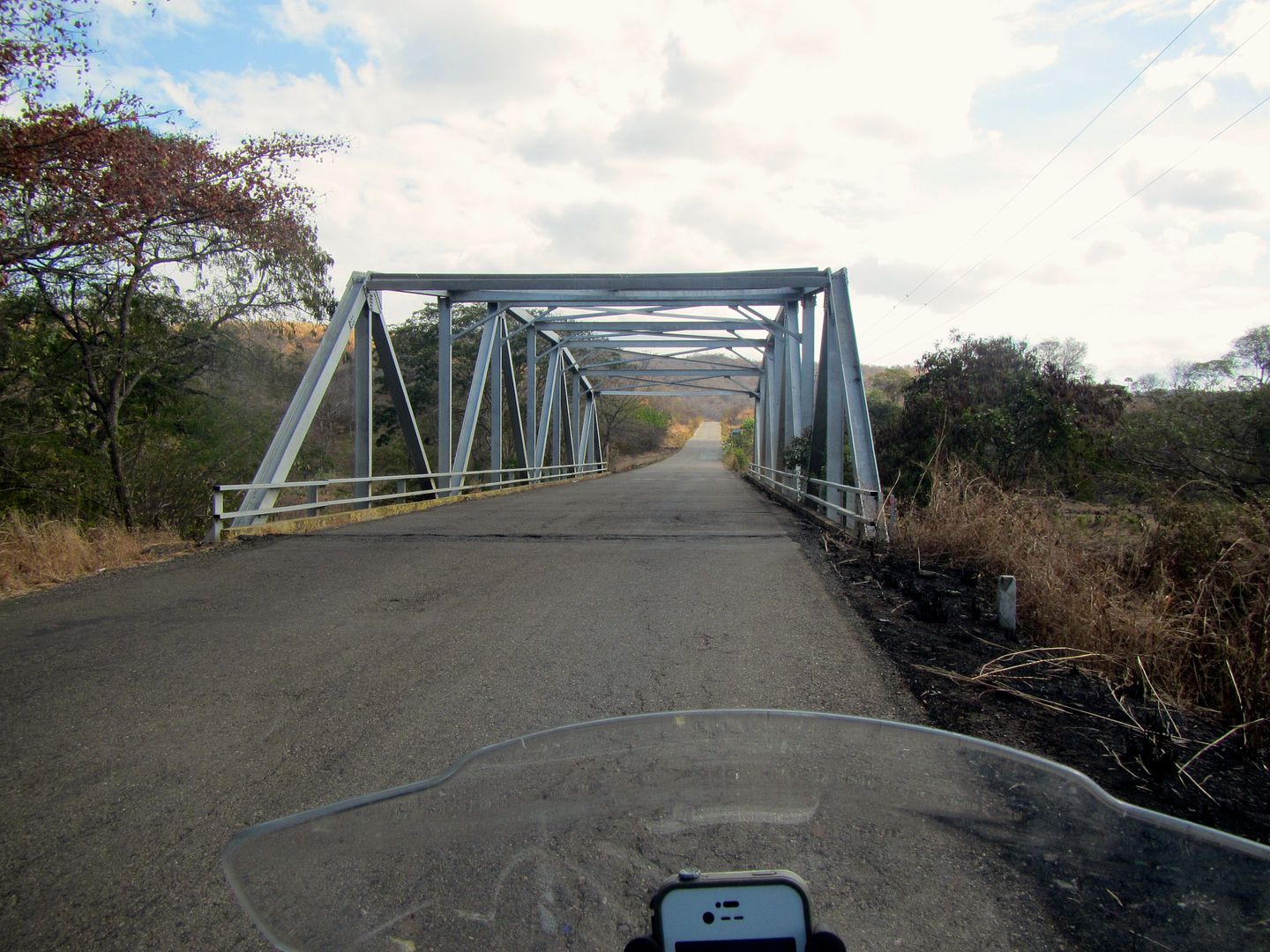

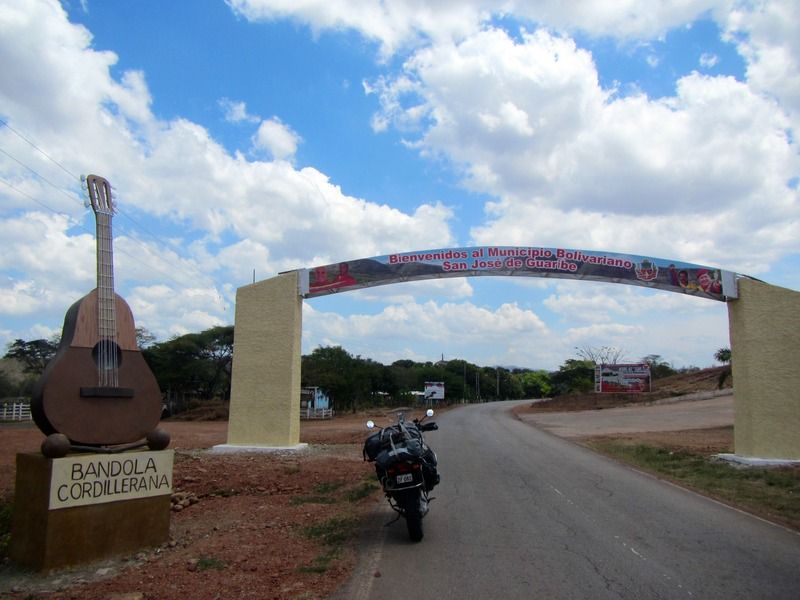

No comments:
Post a Comment